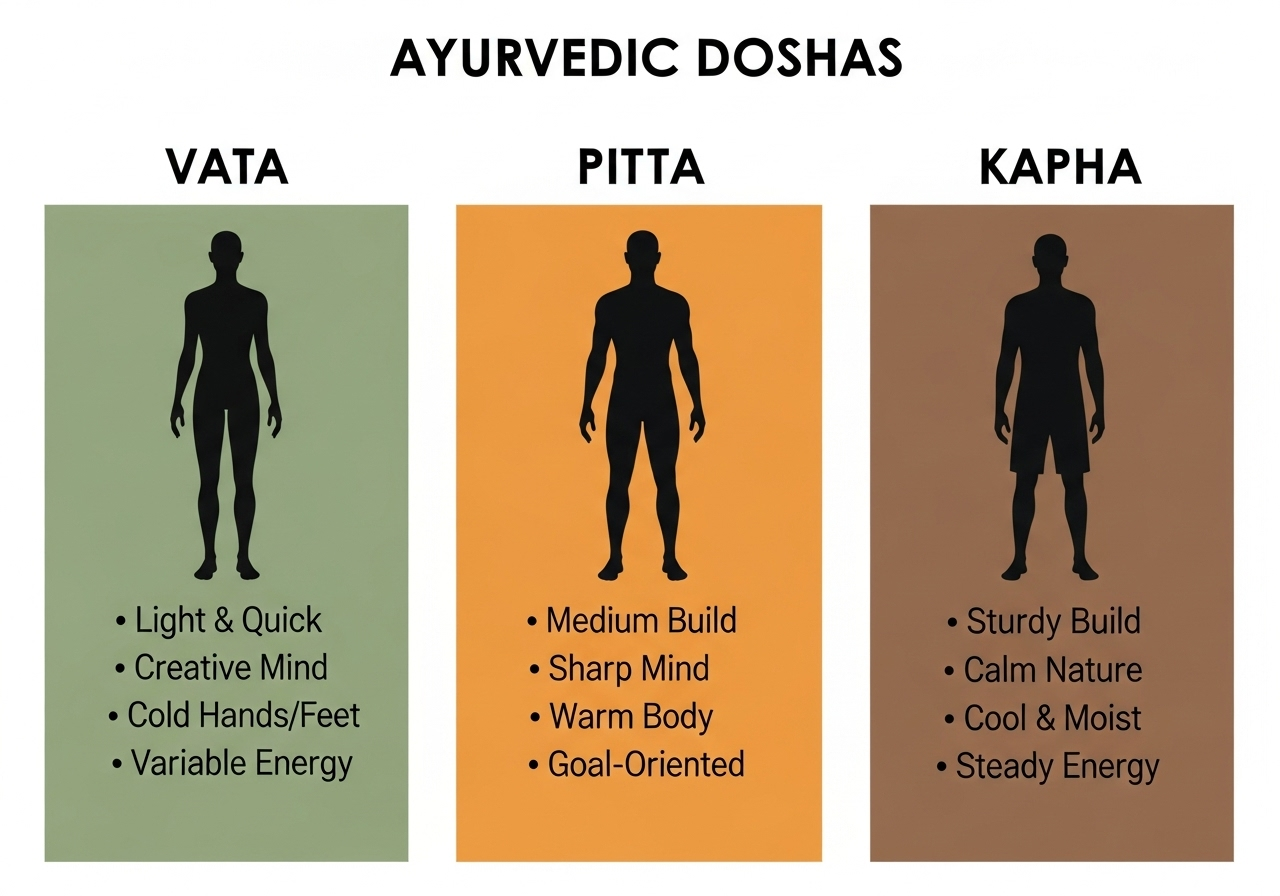Introduction to Ayurveda
Ayurveda, often called the "science of life," is a comprehensive system of natural healing that originated in India over 5,000 years ago. This ancient wisdom focuses on achieving balance between mind, body, and spirit through personalized approaches to health and wellness.
Core Principles
- • Individual constitution (Prakriti)
- • Three doshas: Vata, Pitta, Kapha
- • Five elements theory
- • Mind-body connection
Treatment Methods
- • Dietary guidance
- • Herbal medicine
- • Lifestyle counseling
- • Detoxification therapies
